Newly disclosed evidence of the atrocities committed by the Imperial Japanese Army's notorious Unit 731 documents the war crimes of some members of the unit and their work during and after the War of Resistance Against Japanese Aggression (1931-45).
A report by China Media Group said the evidence consists of the personal information registration forms of some members of Unit 731. They have been made public by the Exhibition Hall of Evidence of Crimes Committed by Unit 731 of the Imperial Japanese Army in Harbin, Heilongjiang province.
Unit 731 was a top-secret biological and chemical warfare research base established in Harbin in 1935 as the nerve center of Japanese biological warfare in China and Southeast Asia during the war.
The unit conducted experiments on living people to test pathogenic and chemical bombs.
At least 3,000 people were used for human experimentation by Unit 731, and more than 300,000 people across China were killed by Japan's biological weapons.
The newly disclosed forms were filled out by Unit 731 members who did not return to Japan with the unit after Japan's surrender on Aug 15, 1945.
Originally stored in the National Archives of Japan, they were transferred last year to the exhibition hall in Harbin, where researchers have been interpreting and studying them.
It was commonly believed that after Japan's surrender, Unit 731 evacuated to Japan as a whole. However, the batch of forms shows that 52 individuals did not follow the unit back to Japan.
Jin Shicheng, a researcher at the exhibition hall, said that when Unit 731 received the evacuation order, "some of its soldiers might have been out for missions, not in their headquarters in Harbin, so they failed to return with the unit back to Japan".
After returning to Japan, all overseas units had to register and declare their status; otherwise, their military status could not be realized or recognized, and many pensions could not be redeemed, he said.
Among the 52 members who did not take part in the unit's overall withdrawal, 14 were arrested and detained in the former Soviet Union, while 38 hid their identities and mingled with the population in various parts of China, the report said.
After returning to Japan individually following the end of war, they filled out the personal information forms now held by the exhibition hall. The 69 pages of documentation record, in detail, the 52 individuals' names, affiliated units during the war, and their resumes up to the end of the war.
They clearly depict their involvement in war crimes from the time of their entry into Unit 731 and their movement between different units, as well as their activities and career trajectories during the unit's return to Japan in August 1945.
To hide evidence of its atrocities, the unit's facilities in Harbin were destroyed just before Japan's surrender, but 12 members of the Japanese Kwantung Army were tried and convicted as war criminals in Khabarovsk, Russia, for manufacturing and using biological weapons and carrying out inhuman medical experiments.
Researchers at the exhibition hall have discovered clues in the forms about personnel transfers between Unit 731 and the Japanese Kwantung Army Technical Testing Department (Unit 516).
"Unit 516 was the Japanese headquarters for chemical warfare in China, while Unit 731 was the Japanese headquarters for bacteriological warfare in China," Jin said.
According to the information registration forms, a soldier affiliated with Unit 516 in 1944 transferred to Unit 731 in 1945.
"We believe this is a new discovery, proving personnel transfers and movements between Unit 731 and Unit 516 in the context of Japan's chemical and bacteriological warfare against China," Jin said.
The personal information forms also reveal for the first time that Unit 731 had a dedicated "intelligence officer" position, the report said.
Jin said the function of that position was to guide various bacteriological units across different regions in implementing bacteriological warfare and gathering intelligence for Unit 731.













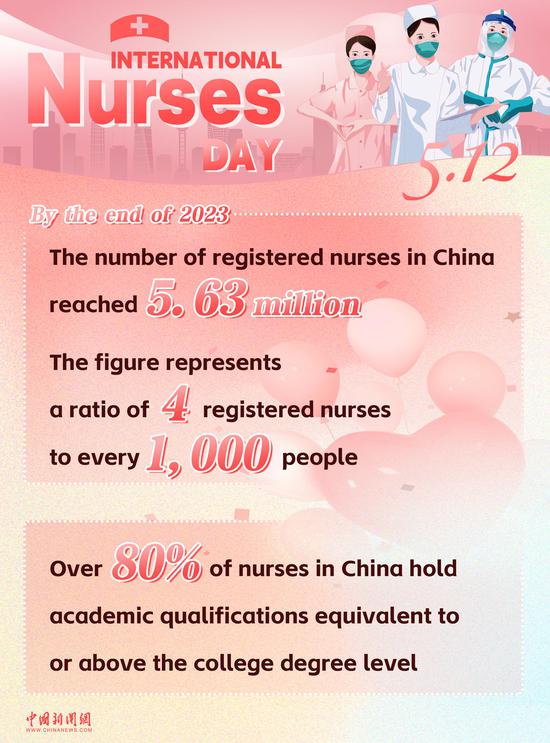

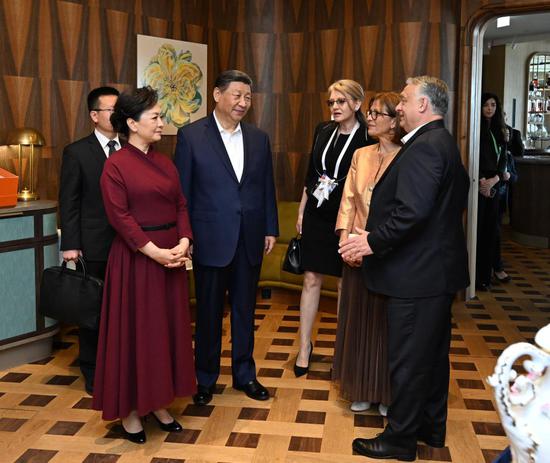





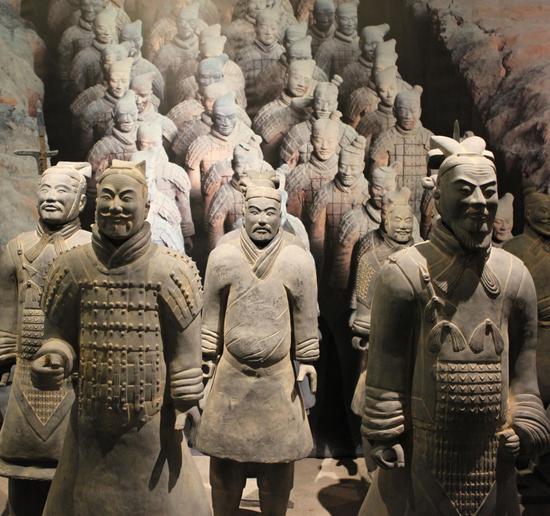






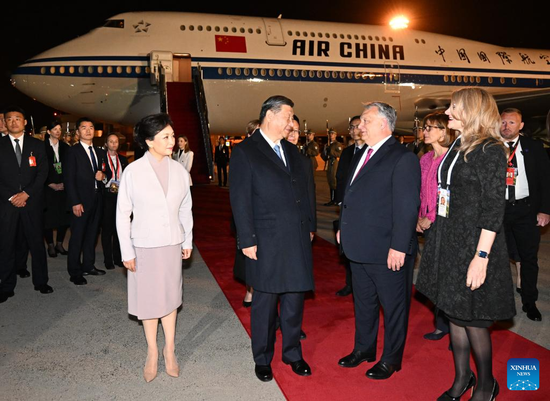

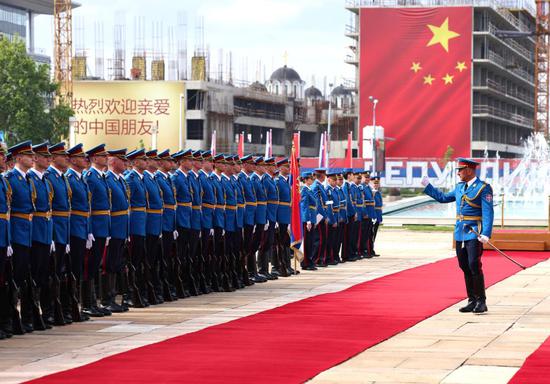

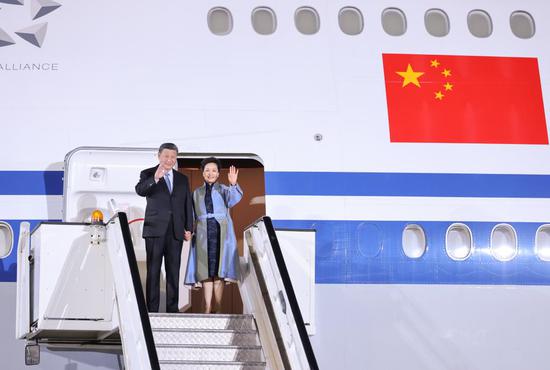









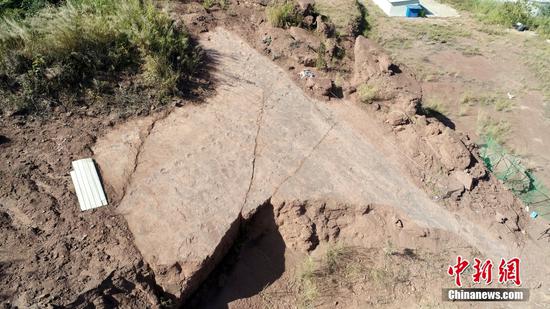


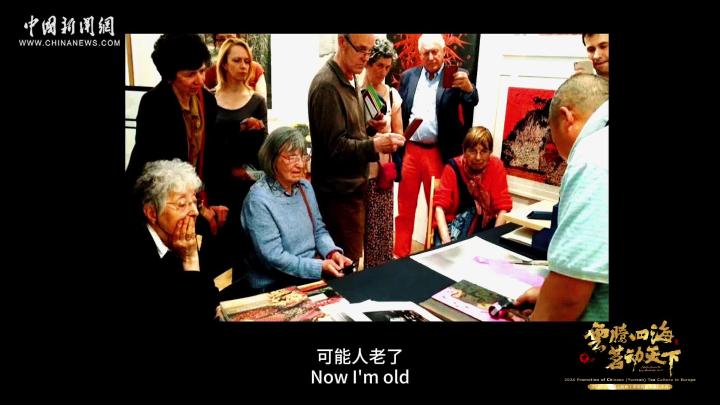



 京公网安备 11010202009201号
京公网安备 11010202009201号